You might like
- NewsHow to use images from the Climate Visuals library on social media
- NewsOn AI images and climate change photography
- NewsTalking air pollution photographs on the TedX London Climate Curious podcast.
- News5 highlights as Climate Visuals passes 10,000 registered users
- NewsClimate Visuals launches a new collection of air pollution photographs
We’re delighted to announce Getty Images has partnered with our Climate Visuals programme to launch guidelines helping brands and businesses use visuals which incite change. Read Getty Images’ full press release below about this partnership and new research showing climate and sustainability are still a top concern despite the Covid-19 pandemic.
NEW YORK – October 7, 2020: Getty Images has today unveiled new research which shows that climate, and sustainability more broadly, are still key issues for people even amid the Covid-19 pandemic. The findings have been revealed in a second wave of research for Visual GPS, completed in conjunction with global market research firm YouGov.
The updated Visual GPS research reveals that 81% of people globally expect companies to be environmentally aware in all their advertising and communications. Even despite Covid-19, nearly all points on sustainability remained similar, if not higher than from previous data taken before Covid-19:
- 91% of respondents today said they believe the way we treat our planet now will have a large impact on the future, compared to 92% from July 201
- 69% of respondents today said they do everything they can do reduce their carbon footprint, an increase from 63% from July 2019
- 85% of respondents today are worried about air pollution, compared to 84% from July 2019
”It is surprising and heartening that despite the huge change to people’s lifestyles and consumer behavior brought about by Covid-19, the environment and sustainability remain as important to people as they ever were. While interest in the environment waned in the aftermath of the 2008 financial crisis, the environment has become inextricably linked to wellness during the Covid-19 crisis.” – Dr Rebecca Swift, Global Head of Creative Insights at Getty Images
Visualising sustainability guidelines
In response to the Visual GPS research, Getty Images has partnered with Climate Visuals, the world’s only evidence-backed program for climate change photography, to present Visualizing Sustainability Guidelines. The guidelines below are linked to curated imagery of example content and give brands and businesses practical recommendations on how to find and use fresh and relevant visual content to communicate their commitment to sustainability and inspire their audiences to action.
Businesses have sustainability experts and/or Diversity & Inclusion experts but visual content relating to environmentalism and sustainability should not be separated from visual content that is inclusive and diverse. Representational strategies should extend to sustainability.
Climate change affects everyone across the globe, so intentionally include representation across ethnicity, class, age, sexual orientation, gender identification, religion and culture. Empower and feature all underrepresented voices. Break stereotypes of every kind.
Familiar images of melting icebergs and industrial chimney stacks can be popular symbols for signifying climate change, but they lose currency with repeated exposure. In addition to the classic symbolism, try expanding your scope with visuals that illustrate new sustainable concepts such as “circular economy”, “reusable” or “energy efficiency”.
Brands, eager to overcome the sense of helplessness many consumers feel, should focus on visual content that helps visualize the concrete actions, positive steps, outcomes and real solutions that will pave the way to a better, more sustainable future.
Content should reflect authentic stories, including both the positive and negative aspects of outcomes and activities of individuals, communities and businesses who are innovating and collaborating to achieve sustainability. From those who are making small lifestyle changes, to industries who are driving innovative sustainable initiatives and new technologies.
Creative content should show authentic individuals having real impact on a local level. Visuals highlighting individuals and groups at their best, relative to sustainability issues, personalize the stories for your target audience. Think about every aspect of the visual – whether it be an image, video or illustration – plastic straws, disposable coffee cups and plastic bags are elemental but undermine the sustainable message.
”In partnering with Getty Images on these new guidelines, we aim to help brands and businesses take an evidence-based, solutions-focused approach to the climate crisis, visualizing the actions, objects, and ideas that are paving the way to a greener future.” – Toby Smith, Senior Program Lead: Visuals & Media at Climate Visuals
For more information on Visual GPS please visit https://creativeinsights.gettyimages.com/en/trends/sustainability

